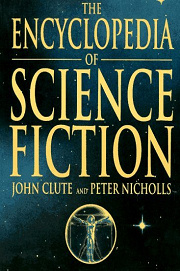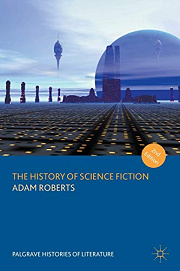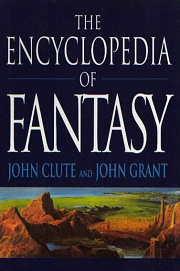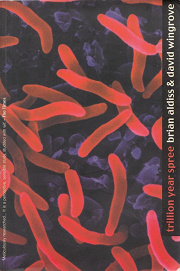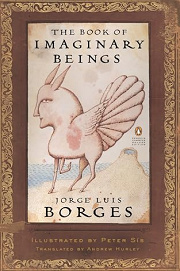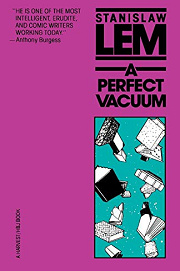Share your thoughts in a quick Shelf Talk!
The Science Fiction Encyclopedia by John Clute and Peter Nicholls
Chart the cosmos of speculative storytelling with the field’s definitive reference. From golden-age pulps to cutting-edge visions, it illuminates creators, movements, and the ideas that shaped them. The Science Fiction Encyclopedia is a star map for anyone navigating the infinite library.
Have you read this book? Share what you liked (or didn’t), and we’ll use your answers to recommend your next favorite read!
Love The Science Fiction Encyclopedia but not sure what to read next?
These picks are popular with readers who enjoyed this book. Complete a quick Shelf Talk to get recommendations made just for you! Warning: possible spoilers for The Science Fiction Encyclopedia below.
In The Science Fiction Encyclopedia, did you enjoy ...
... the sweeping, century-spanning history and taxonomy of SF across eras?
The History of Science Fiction by Adam Roberts
If you loved how The Science Fiction Encyclopedia ranges from Lucian and Mary Shelley through the New Wave and cyberpunk—pinning movements, magazines, and milestones into a single map—Roberts gives you a continuous narrative of that same territory. He threads together figures you likely lingered on in the Encyclopedia—H. G. Wells, Olaf Stapledon, Ursula K. Le Guin, Samuel R. Delany—showing how ideas like the “generation starship,” the “robot,” and the “Dying Earth” evolve across time. It’s the same panoramic scope, but told as a story of how the genre forms, fractures, and reinvents itself.
... cross-referenced, taxonomy-rich entries that map genres, motifs, and creators?
The Encyclopedia Of Fantasy by John Clute
Did you enjoy jumping from the Science Fiction Encyclopedia entry on “Post-Apocalypse” to “Afrofuturism” to author profiles like Octavia E. Butler and Jack Vance? This companion volume lets you browse fantasy with the same precision and cross-referencing. You’ll find deep dives on motifs like the Quest, Secondary Worlds, and Tricksters, plus author overviews (from Tolkien to Angela Carter) that echo the crisp, insight-dense style you appreciated—perfect for that browse-and-discover rhythm the SF volume encourages.
... critical, argumentative history that connects authors and movements with bold theses?
Trillion Year Spree: The History of Science Fiction by Brian W. Aldiss and David Wingrove
If the Science Fiction Encyclopedia’s entry structure and critical vocabulary made you hungry for a stronger stance—like when it contrasts Campbellian hard SF with the New Wave—Aldiss offers an opinionated tour. He reconsiders Mary Shelley as foundational, repositions Wells and Verne, and draws sharp lines from pulp magazines to New Wave experimenters like J. G. Ballard and Delany. It reads like following the Encyclopedia’s cross-links, but with a witty guide arguing why certain branches mattered most.
... browsable, alphabetized entries that feel like discovering hidden corners of fantastika?
The Book of Imaginary Beings by Jorge Luis Borges
If you enjoyed dipping into the Science Fiction Encyclopedia—one concise entry at a time—Borges’s compendium turns that same browsing pleasure into wonder. Flip from the A Bao A Qu to the Basilisk to The Squonk, with erudite asides and sources that invite further rabbit holes, much like following SFE links from “Robots” to Karel Čapek to Asimov. It’s the joy of curated, bite-sized discovery, delivered with Borges’s playful scholarship.
... playful, faux-scholarly reviews of nonexistent books that blur criticism and creation?
A Perfect Vacuum by Stanislaw Lem
If the Science Fiction Encyclopedia thrilled you with how criticism can illuminate stories—jumping from entries on “Cyberpunk” to profiles of William Gibson and Bruce Sterling—Lem flips the lens: he writes reviews of books that don’t exist. Pieces like “Gigamesh” or “Pericalypsis” parody academic tones, bibliographic detail, and genre taxonomies you’ll recognize from the SFE, but the jokes yield big ideas. It’s the same analytical delight, transformed into inventive, speculative play.
Unlock your personalized book recommendations! Just take a quick Shelf Talk for The Science Fiction Encyclopedia by John Clute and Peter Nicholls. It’s only a few questions and takes less than a minute.
